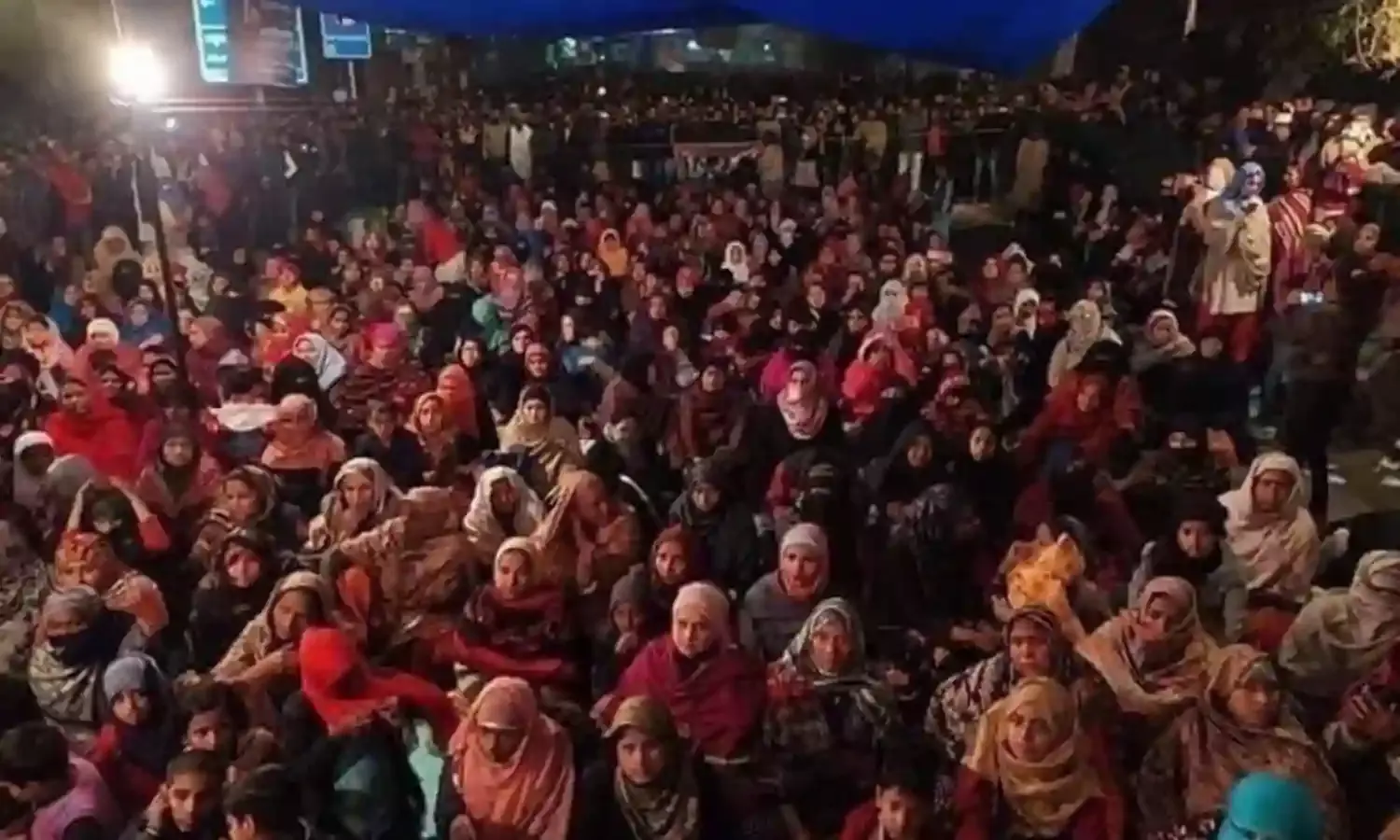‘There is a Fundamental Right to Protest’ - Top Court on Shaheen Bagh
Hegde: "We hope our assistance leads to matters being resolved in good faith and to the satisfaction of all parties"

NEW DELHI: The Supreme Court on Monday, hearing petitions seeking the clearance of protesters at Shaheen Bagh, upheld the right to protest as a fundamental right. The court stressed on mediation, and called for a “reasonable solution” to the road blockage. The two-judge bench asked Delhi Police to look into alternate sites for protest, and appointed advocates Sanjay Hegde and Sadhana Ramachandran as interlocutors to speak to protesters.
"My colleague Sadhana Ramachandran and I accept the responsibility placed upon us by the Supreme Court. We will be meeting all parties with a view to assisting them to resolve their issues in a manner that respects and safeguards both the right to protest and the requirements of orderly civic life. We hope that our assistance leads to these matters being resolved in good faith and to the satisfaction of all parties," Sanjay Hegde told The Citizen.
Amit Sahni, who had approached the courts seeking directions to the Delhi Police to ensure smooth traffic flow on the blocked Kalindi Kunj-Shaheen Bagh, said there was the risk that "there will be 5,000 more Shaheen Baghs.” The Supreme Court responded with: “We have no problem with 5,000 protests. We just want those roads are not blocked. What's troubling us is a very limited scope which is blocking of roads. There is a fundamental right to protest."
“You have the right to protest,” the top court ruled, “but let the roads not be blocked. This can create chaos.” The bench, comprising Justice S K Kaul and K M Joseph, called protest a “fundamental right” - limiting its judgement to a “reasonable solution” to the blocking of roads.
The Supreme Court then directed Bhim Army chief Chandrashekhar Azad, who had moved an intervention in the appeal filed by Amit Sahni, to "try and speak to the Shaheen Bagh protesters and ask them to leave the site.” At the same time, however, the court asked Delhi Police to file an affidavit to suggest a solution to the road blockage, and “an alternative area they can continue the protests without blocking the road."
The top court told the lawyer representing protesters that while the right to protest remained, a major road used by a large number of people cannot be blocked. "Give us some time, we will do it," the lawyer said.
"There are lines and boundaries. You want to protest. No problem. But tomorrow another section of society may hold protests in another area... There must be some method so that traffic flow is free," the top court said. "Our concern is if everyone starts blocking roads, where will people go?"
Replying to the court’s direction for an alternative site of protest, Delhi Police’s lawyer said, "They [the protesters] can choose a place." Solicitor General Tushar Mehta said that “It is upon them to discuss and then inform. We will give suggestions, but this cannot be their contention that since we have not been able to find alternatives, they will continue here.” Mehta however added that authorities do not want to escalate the issue.
Delhi Police also said that protesters, mostly women, are "keeping children in the front as a shield.”
The court then appointed advocates Sanjay Hegde and Sadhana Ramachandran to mediate, and persuade protesters to move to an alternative site, so as to not block major roads. "We want to solve this issue,” the court said.
The protesters have continued their sit in since the passing of the Citizenship Amendment Act in December last year. Sahni’s petition is one of two challenging the protest over the issue of road blockages, with Delhi MLA Nand Kishore Garg also filing a petition in the apex court seeking the removal of protesters.
The Supreme Court on February 10 had said that protesters cannot cause "inconvenience" to the public but refused to pass an interim order to evict them. In Monday’s judgement, the court stressed on mediation and a “reasonable solution” so that roads are not blocked. It refused to pass an interim order to evict, and issued notices to the Centre, the Delhi government and the police. Justice Kaul observed: “Section of society is aggrieved by the legislation [CAA]. That legislation is being tested by court. We are not saying that during pendency people do not have the right to raise their concerns… The question is, where to protest?”



